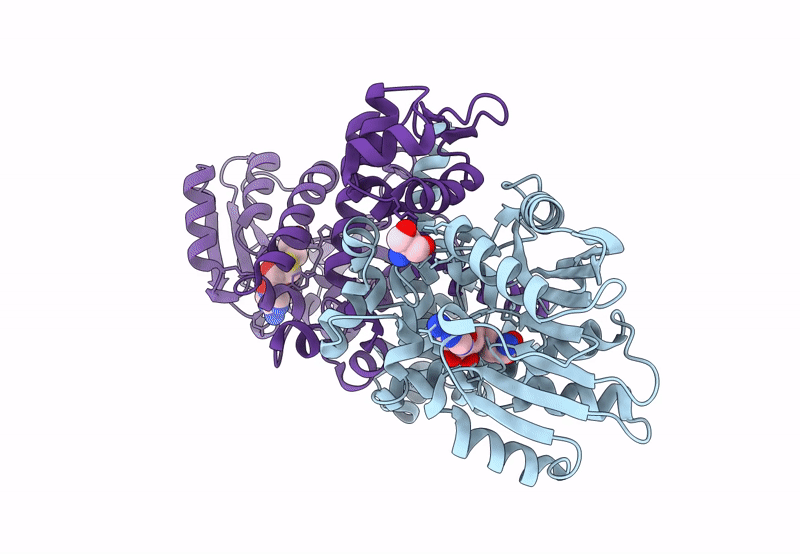
Deposition Date
2022-10-26
Release Date
2023-11-01
Last Version Date
2025-05-14
Entry Detail
PDB ID:
8HAR
Keywords:
Title:
SAH-bound C-Methyltransferase Fur6 from Streptomyces sp. KO-3988
Biological Source:
Source Organism:
Streptomyces sp. (Taxon ID: 285219)
Host Organism:
Method Details:
Experimental Method:
Resolution:
2.12 Å
R-Value Free:
0.25
R-Value Work:
0.21
Space Group:
P 21 21 21


